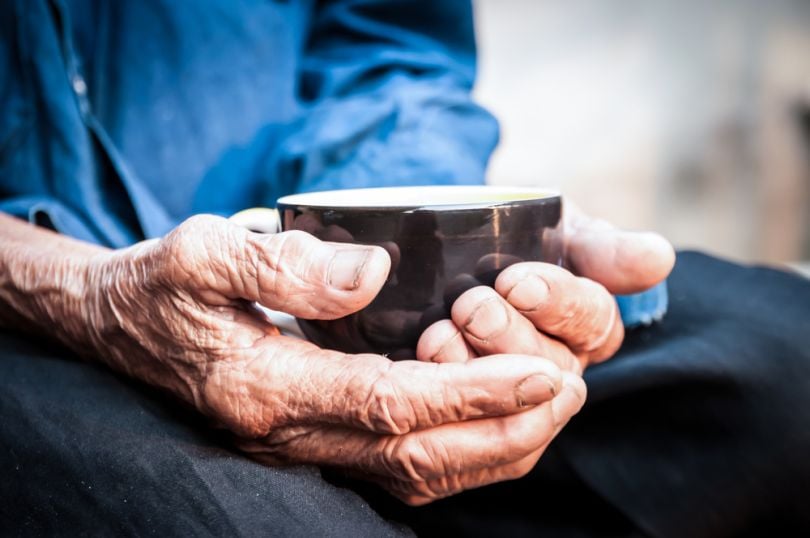
“Fingernail sensors” that measure how a person’s fingernail bends and moves continuously may provide a valuable window to health, says VentureBeat.
This data provides insights on grip strength and, as coauthors of the Scientific Reports-published study, Stephen Heisig and Katsuyuki Sakuma of IBM, explain, grip strength is linked with a range of health indicators. Among these are the effectiveness of medication in Parkinson’s disease patients as well as general cardiovascular health, overall cognitive function in schizophrenics, and “all-cause mortality” in geriatrics. Elderly patients at risk of infection from alternative wearables are prime candidates for fingernail monitoring.
“The project began as an attempt to capture the medication state of people with Parkinson’s disease … The majority of people with Parkinson’s are older, an age group with increasingly brittle, friable skin. By pushing computation to the end of our fingers, we’ve found a new use for our nails by detecting and characterizing their subtle movements.”
“The project began as an attempt to capture the medication state of people with Parkinson’s disease … The majority of people with Parkinson’s are older, an age group with increasingly brittle, friable skin,” Heisig and Sakuma wrote in a blog post. “By pushing computation to the end of our fingers, we’ve found a new use for our nails by detecting and characterizing their subtle movements.”
Heisig and Sakuma’s fingernail sensor packages consist of strain gauges, which send information to small computers, as well as a microcontroller with a wireless antenna board, a silicon prosthesis, an accelerometer board, and a coin battery. Information from the computers went to a smartwatch, which through Bluetooth transmitted data to a paired iPhone, which then sent that information to the cloud for retention, analysis, and model training. Inference models also correlated the data against three known symptoms of Parkinson’s disease: bradykinesia (slowness of movement), tremor, and dyskinesia (abnormality of voluntary movement).
Fingernails slightly bend and move when fingers manipulate objects, but the movement is nearly imperceptible to the naked eye. The sensitivity of these strain sensors enables the sensor packages to observe and measure these bends in addition to changes in orientation, direction, and force of interactions.
This sensor package data analyzed by machine learning showed remarkable results in testing, even predicting with 94 percent accuracy which fingers that wearers were using when writing with a pen and paper.
“With the sensor, we can derive health state insights and enable a new type of user interface,” Heisig and Sakuma said. “This work has also served as the inspiration for a new device modeled on the structure of the fingertip that could one day help quadriplegics communicate.”



